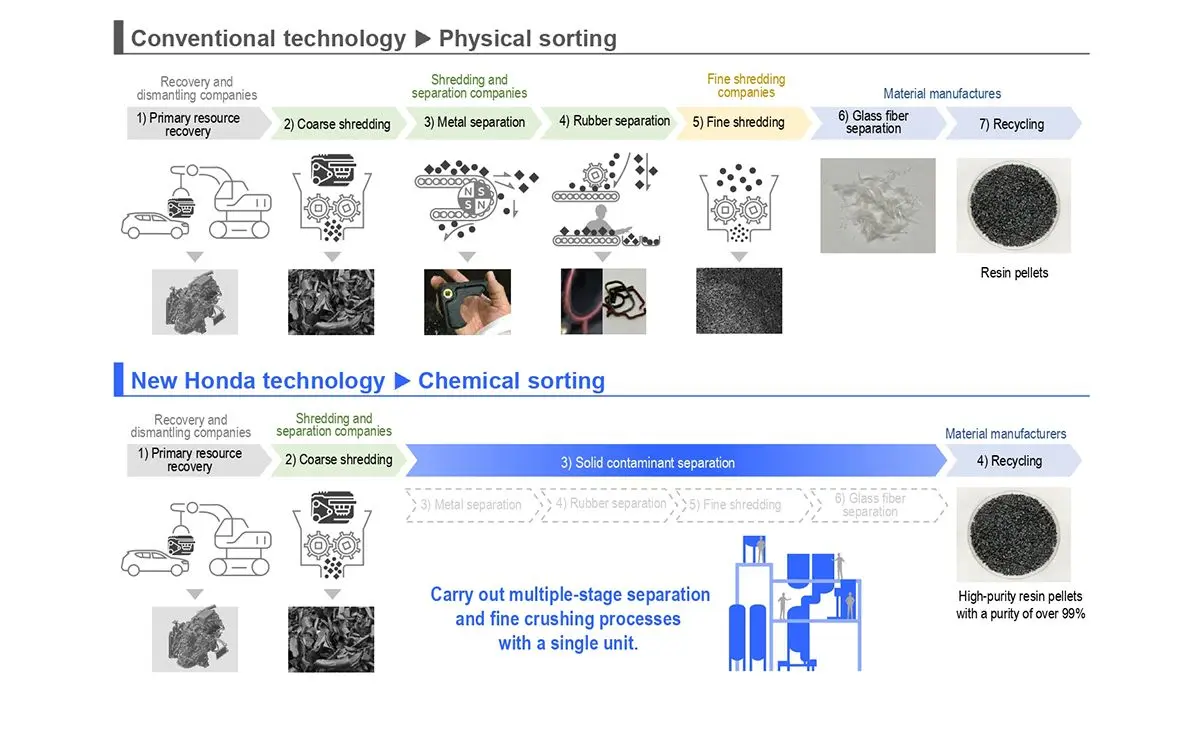Plastics have long been associated with the large-scale production of trendy, affordable clothing known as fast fashion or “plastic clothes.” While fast fashion is known for its low cost and ability to bring the latest styles into stores within weeks of release, it is also under attack by governments worldwide.
What is plastic apparel, and how does it impact our ecosystem?
What are synthetic clothes?
Synthetic clothing material is not actually “plastic fabric.” It is actually a plastic-based material made from artificial polymers.
Through polymerization, small molecules (monomers) are chemically bonded to form long chain macromolecules (chemical formulas vary based on the original polymer.) Those polymers are extruded to form plastic fibers, which are then processed to align polymer chains. The alignment increases strength, but additives may be included to boost softness, flame resistance, waterproofing and other aesthetics.
What fabrics are synthetic?
Although dozens of synthetic plastic-based fabrics exist, some are more common than others. Popular synthetic clothing materials include:
*Source: Textile Engineering
Fast fashion insights
Nicknamed plastic clothes (because it relies heavily on synthetic plastic-based fabrics), fast fashion maximizes rapid design, manufacturing and distribution to meet demand for current styles.
In recent years, fast fashion has raised environmental and ethical concerns. To keep costs down, clothing is constructed with low-quality materials and the labor assembling it is underpaid and works in unsafe conditions. Additionally, fast fashion is considered a major contributor to textile waste.
According to Earth.org:
- Of the 100 billion garments produced annually, 92 million tons end up in landfills
- The fashion industry is responsible for 20% of global waste
- Nearly 10% of microplastics in the ocean each year come from textiles
- Fast fashion brands are producing twice the amount of clothes today than in 2000
Luxury brands started working with bioplastic fabrics earlier, but many fast fashion brands are transforming and have committed to sustainability.
Global retailer Shein introduced the evoluSHEIN roadmap in 2023. Among its three pillars is sourcing responsible products and materials that have a lower environmental impact. Similarly, Uniqlo offers the RE.Uniqlo program. Designed to reduce clothing waste, each store has a collection box where customers can return Uniqlo clothing they’re no longer wearing, and it will be delivered to people in need worldwide.
While these retailers are making strides in their sustainability efforts, others are lagging. In 2019, INDITEX (parent company of Zara and H&M) said they were “aiming for 100% of the cotton, linen, and polyester used by all its brands to be organic, more sustainable, or recycled by 2025.” As of 2023, they updated their sustainability goals saying this would be achieved by 2030.
Fast fashion questions answered
So many questions surround fast fashion and plastics apparel, so we are answering some of the most frequently asked here.
Q: Are plastic clothes bad for you?
A: Research into the long-term effects of plastic clothes is ongoing. Synthetic clothing materials can shed microplastics, which are then inhaled or absorbed into the sky. They may also trap heat and moisture which can lead to bacterial growth and include PFAS or forever chemicals. However, plastics apparel isn’t linked to immediate health issues for most people.
Q: What percentage of clothes are made of plastic?
A: In 2022, Textile Exchange reported synthetic fibers made up 64% of the global fiber market. In 2023, that market reached 124 million tons which was a 7% increase over the prior year.
Q: Does Shein use plastic?
A: Like its competitors Zara and H&M, Shein clothing is predominately synthetic plastic based fabrics. Their packaging is also plastics-based, mostly non- biodegradable.
Q: What is another name for polypropylene fabric?
A: Polypropylene fabric is also called Olefin. It is known for being lightweight, moisture wicking and warm.
Q: Is polyester just plastic?
A: Yes, it is essentially plastic. Both traditional and recycled polyester are plastic-based. Biopolyester — made corn or sugarcane — has been introduced but is not as common as PET or rPET in apparel or textile production.
Q: Is spandex plastic?
A: Spandex — called Lycra or Elastane — is a plastic-based fabric. Its primary polymer is polyurethane, which is made from oil materials. Spandex is a main contributor to textile waste because of its slow decomposition and is commonly used in leggings, underwear, swimsuits and athletic apparel.
Q: Is rayon plastic?
A: Since rayon uses natural fibers like wood pulp, bamboo or cotton it is not a plastic-based material. It is considered semi-synthetic due to the chemical process needed to process it into fibers.
Plastic clothing, hidden impacts
It remains to be seen how fast fashion will adapt to the rising concerns over it’s environmental, ethical and health impacts.







